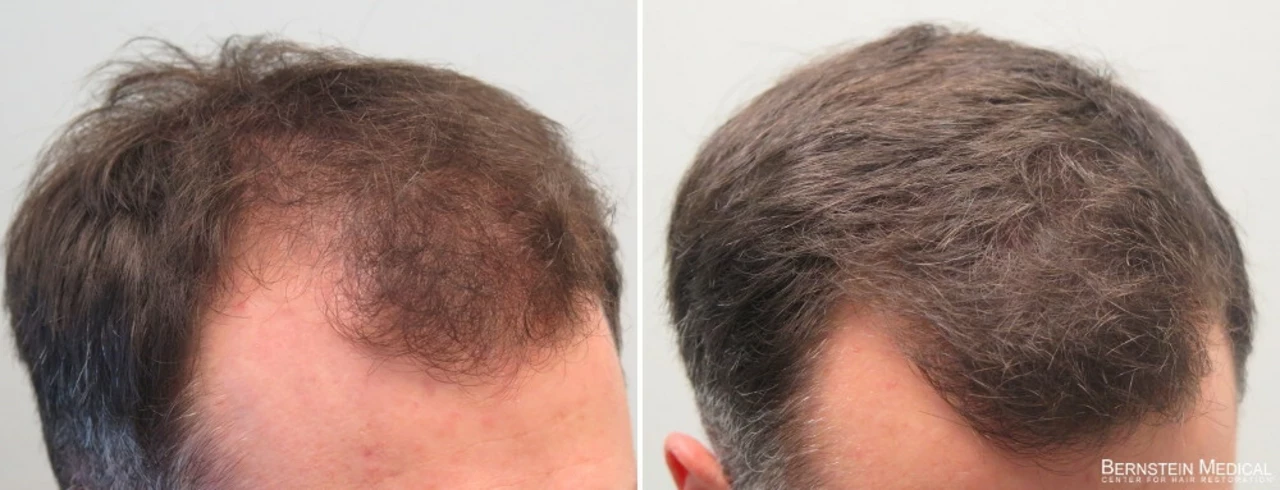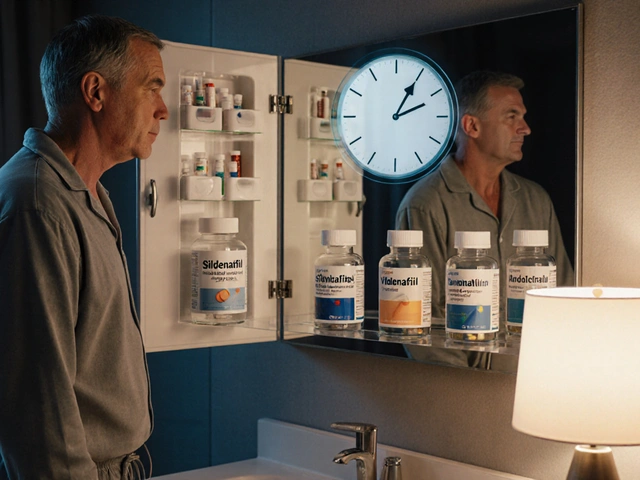Hair Loss: What’s Really Going On and What You Can Do
Losing some hair daily is normal. Losing large clumps, seeing a growing bald spot, or noticing overall thinning is not. By age 50 about half of men show notable hair loss and many women also notice thinner hair as they age. If you want clear steps instead of myths, read on.
Common causes and simple tests
First, figure out why it’s happening. Common causes: genetics (pattern hair loss), hormonal changes (thyroid problems, menopause), nutritional gaps (low iron or vitamin D), stress, certain medicines, and hairstyles that pull on the scalp. A quick starting checklist: a basic blood panel (CBC), ferritin, thyroid (TSH), vitamin D, and if relevant, hormone tests. Your doctor can run these. A scalp check can also rule out scalp infections or scarring conditions that need different treatment.
If hair suddenly falls out in clumps, or you see rapidly spreading bald spots, that’s a red flag. Patchy loss can be alopecia areata, an autoimmune issue that often needs a dermatologist’s care.
Practical treatments that work
Topical minoxidil is the most common first step. It’s available as foam or liquid; men typically use 5% and women often start with 2% (check product labels and talk to your doctor). Minoxidil can slow loss and regrow thin hair for many people, but it needs ongoing use.
Finasteride is an oral option for men. It blocks DHT, a hormone linked to male-pattern baldness. It works for many men but can have sexual side effects in a minority. Finasteride is not recommended for women who are or may become pregnant.
Other options: platelet-rich plasma (PRP) injections, low-level laser therapy, and hair transplant surgery. PRP and laser devices can help mild to moderate thinning. Transplants give permanent results but are a bigger commitment and cost more.
Supplements help when there’s a real deficiency. Iron for low ferritin, vitamin D if deficient, and protein if your diet is poor. Biotin helps only if you’re deficient—most people get enough from food.
Small daily habits matter: avoid tight hairstyles and rough brushing, reduce heat styling, get enough protein and sleep, and manage stress. These won’t stop genetic hair loss but can slow avoidable damage.
When to see a specialist: sudden widespread shedding, patchy bald spots, signs of scalp infection (redness, pus, severe itching), or if you want medical treatment like finasteride. A dermatologist or hair clinic can offer a clear plan and follow-up.
Want a starting plan? Get basic blood tests, try minoxidil for 6 months if suitable, fix any nutritional gaps, and talk to a doc about finasteride if you’re a man with pattern loss. Small, consistent steps give the best results.




